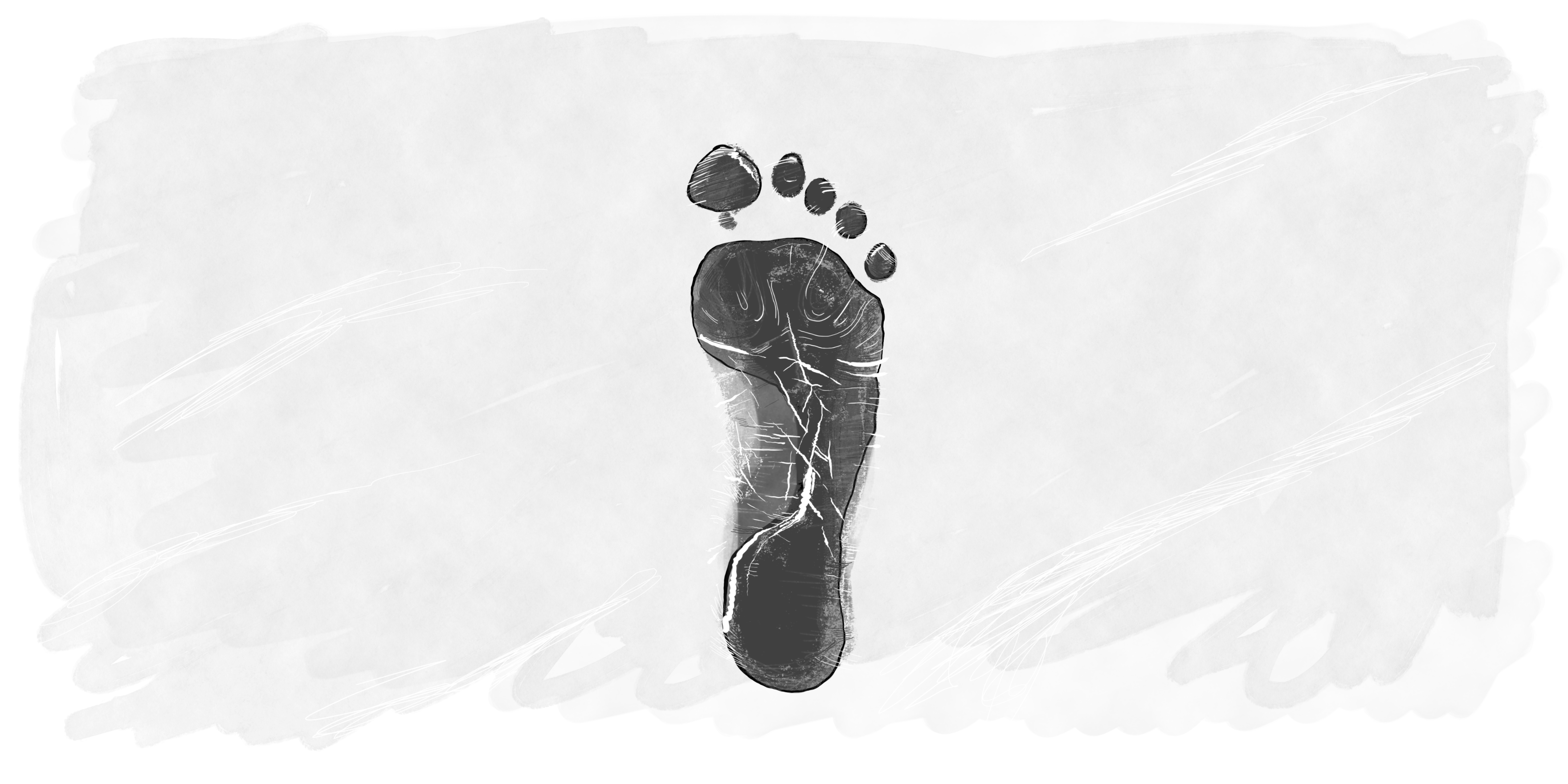Mind the humans
People complicate everything. Be caring (but also wary).

Simple black footprint on a light grey background, showing detailed texture of a bare foot.
What it is
Mind the humans acknowledges the most complicated part of any system: the people!
Humans are a complex bundle of opinions, feelings, experiences, agendas, preferences, thoughts, and stories. They can champion your work — or derail it completely. They’re the hardest part of any system to change, and the only part that could, conceivably, throw a stapler at your head.
They’re also the part that makes it all worthwhile.
Minding the humans means being both caring and wary — because while people make work messy, they’re also the key to making real change happen.
Why use it
- You need the people. No matter how perfect your analysis or how brilliant your idea is, success depends on people buying in, stepping up, and following through. You simply can’t get stuff done without them.
- People are messy. Unlike your data analysis or your code, humans can’t be reduced to a decision tree. Mind the humans helps you to navigate between caring about people and being wary of the complications that they bring to your work.
- Influence starts with relationships. Brains and good delivery only take you so far. Real influence isn’t about authority or even expertise — it comes from understanding what matters to people and why. When you mind the humans, you’re building your ability to influence.
When to use it
- When doing stakeholder analysis, use mind the humans to remind yourself that these people could be risks — or allies.
- When planning engagement activities, use mind the humans to think through what your audience needs while managing potential bombshells.
But remember that sometimes your job isn’t to care. There are times when you’ve been explicitly instructed not to engage deeply, or when caring too much could compromise your effectiveness. Acknowledge these situations — you can’t be responsible for everyone’s wellbeing!
How to apply it
- Start with curiosity. Ask questions about people’s roles, concerns, and goals. What keeps them up at night? What does success look like for them? Listen more than you talk.
- Map the human system. Go beyond formal org charts — understand the informal relationships and power dynamics. Who influences whom? Who trusts whom? Where is there tension? Your analysis probably won’t be suitable for sharing, but it will help you to navigate the mess.
- Read between the lines. What people say isn’t always what they really think. Pay attention to body language, changes in tone, and what’s not being said. Watch out for signs of defensiveness, or changes in behaviour that might signal underlying issues bubbling away.
- Find common ground! Spend the time to find and build common ground with the people with whom you work. Knowing that Dave’s daughter just graduated and that he’s taken up cycling will help when you need to push back on his dumb idea!
- Set boundaries. People might need more of you than you have to give. Be clear about what you can and cannot do. Set expectations about your role and your limitations with your stakeholders.
Common issues
- Caring too much. Your job isn’t actually just to make everyone happy; most commonly, it’s about getting stuff done. Getting too personally invested in other’s situations can cloud your judgment and drain your energy. Remember you’re there to help solve business problems, not to be a therapist.
- Overplaying your hand. Being too obvious with your stakeholder management makes everything you do feel icky. Coming across as considered is great. But making it clear you have a management plan in place will undermine the intent.
- Treating everyone the same. People are unique! You can’t shortchange the analysis about what people care about lest you miss what really matters!
- Missing hidden agendas. Being caring should’t mean being naive. People can have competing priorities or personal ambitions that affect their actions. Stay alert to what’s not being said as much as what is.
- Taking things personally. When people resist or push back, it’s usually about the situation, not you. Don’t let emotional responses derail you. Stay as objective as you can.
- Becoming the resident gossip. Seeking understanding of the human dynamics is not an excuse to get involved in office gossip and talking behind other’s backs. That’s never cool!
Building the habit
- Practice makes perfect. Actively build a
Hey, what’s going on here?
habit. Try to pay attention to the human dynamics. Who is deferring to whom? What topics get people excited and which create tension? Who’s being withdrawn? What patterns keep showing up? - Find a (trusted) bouncing board. Identifying someone you trust to share your reflections with is an excellent way to improve your understanding, gain different perspectives, and validate your insights. Someone who is slightly more removed from a situation than you are can be particularly helpful.
- Build time for reflection. After key interactions, take a couple of minutes to think through what you’ve learnt about the people involved. What landed? What didn’t? What vibes were they giving? What could you do differently next time?
References
- I’ve explored the complexities of humans in a number of different articles, most notably in Power Moves: The Surprising Truth behind How Things Get Done